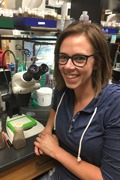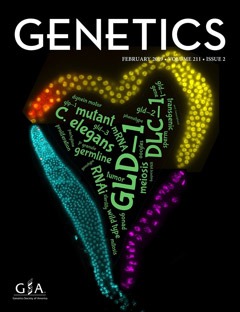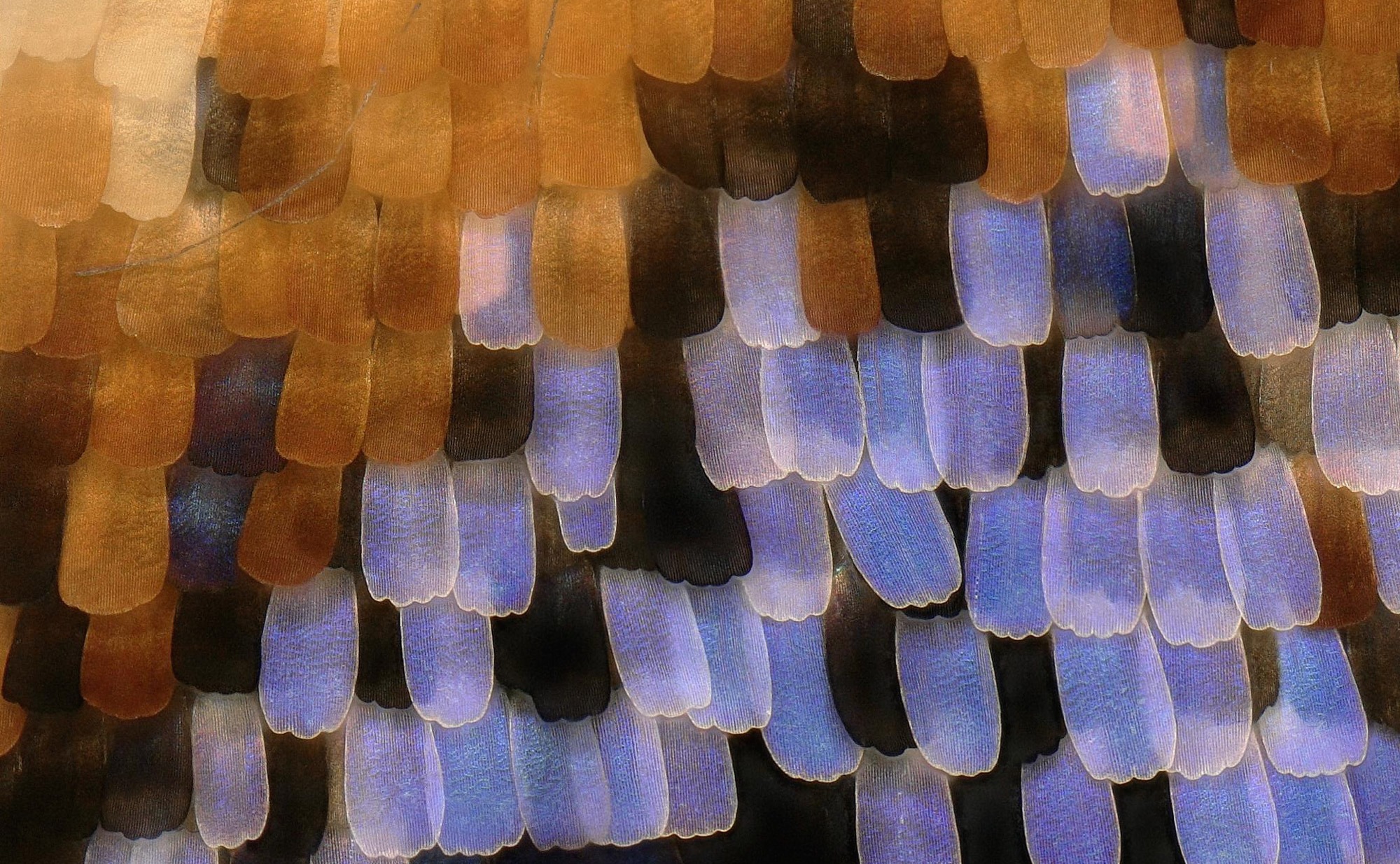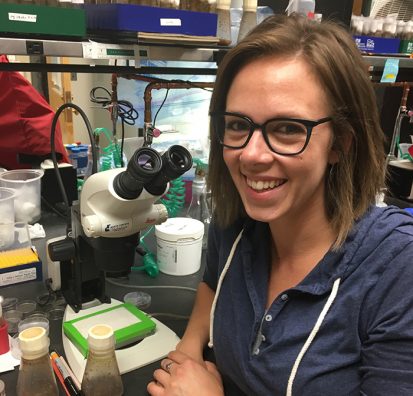About
Founded in 1931, the Genetics Society of America (GSA) is the professional membership organization for scientific researchers and educators in the field of genetics. Our members work to advance knowledge in the basic mechanisms of inheritance, from the molecular to the population level.








